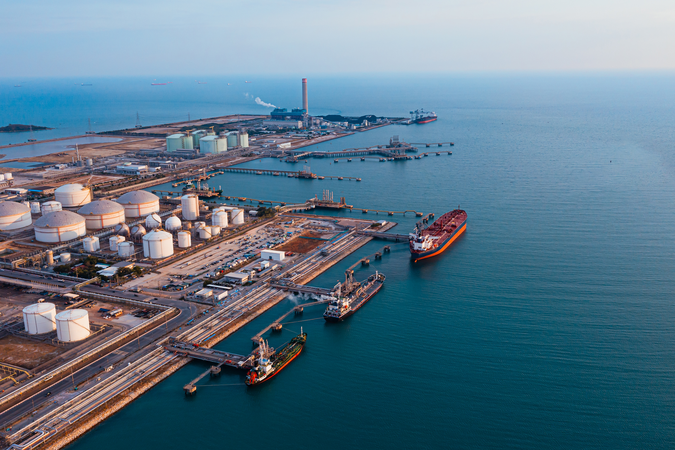Pipeline Congestion and Basis Differentials
View Journal ArticleIn the U.S., natural gas pipeline transport has undergone a wave of deregulatory actions over the past several decades. The underlying motive has been the presumption that removing regulatory frictions would facilitate spot price arbitrage, helping to integrate prices across geographic locations and improve efficiency. Yet certain frictions, specifically the effect of congestion on transportation costs, inhibit positive deregulatory impacts on efficiency. With the increase in domestic production and consumption of natural gas over the coming decades, upward pressure on the demand for transport will likely result in an increased occurrence of persistently congested pipeline routes. In this paper we explore the relationship between congestion and spot prices using a simple network model, paying particular attention to the influence of storage. We find that as congestion between two hubs increases, the scarcity value of transmission capacity rises, driving a wedge between spot prices. We empirically quantify this effect over a specific pipeline route in the Rocky Mountain region that closely resembles our structural design. Although our results paint a stark picture of the impact that congestion can have on efficiency, we also find evidence that the availability of storage mitigates the price effects of congestion through the intertemporal substitution of transmission services.





